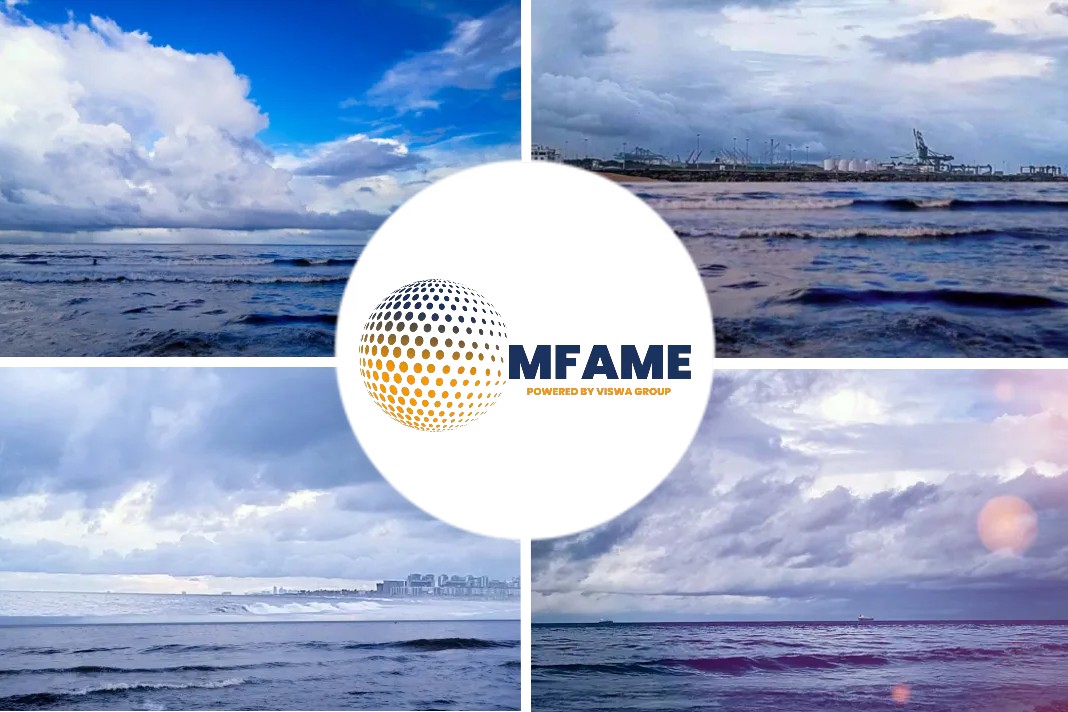A virulent and fast-moving coral disease that has swept through the Caribbean could be linked to waste or ballast water from ships, reports the Guardian.
Stony Coral Tissue Loss Disease
The disease, popular as Stony Coral Tissue Loss Disease (SCTLD), first hit Florida’s Virginia Key coral reefs in 2014 and has swept through the Caribbean at present.
According to a study published in the journal Frontiers in Marine Science, the disease can link to ballast or wastewater dumped from ships.
However, scientists are yet to establish whether the disease comes from a virus, bacteria, or other infectious agents.
Scientists working at the Perry Institute for Marine Science conducted a study in the Bahamas.
They found that SCTLD is more prevalent in reefs that lie closer to the primary commercial ports of the Bahamas in Nassau and Grand Bahama. This finding does suggest that wastewater may be a possible source of the disease.
Lethal disease to infect coral
SCTLD’s transmission rate is quicker than other coral diseases and has a high mortality rate among the most vulnerable species. This makes it the most lethal disease ever to infect coral.
It has spread through the Caribbean region and has killed over 20 species of reef-building corals on local reefs in the past two years.
The government of Bahama has set up a national task force to tackle the issue. In addition, the government has been employing divers to apply topical antibiotic amoxicillin directly to the corals implying that the disease possibly has a bacterial origin.
According to Judith Lang, the scientific director at the Atlantic and Gulf Rapid Reef Assessment project, treating the symptoms is essential in the short term. However, in the long run, the possible human source needs to be identified. She asserted that “If nature gets a chance, it can heal naturally”.
Ballast water management system
Nature World News points out that the International Maritime Organisation implemented the Ballast Water Management Convention in 2017. This convention stated that any ballast water that ships release should be around 200 nautical miles away from shore.
In addition, it should be in water almost 200 meters deep and should be before entering the port. It is to ensure that they do not transport any harmful pathogens. But most ships across the globe have been guilty of violating these regulations.
Did you subscribe to our daily newsletter?
It’s Free! Click here to Subscribe!
Source: The Guardian






















